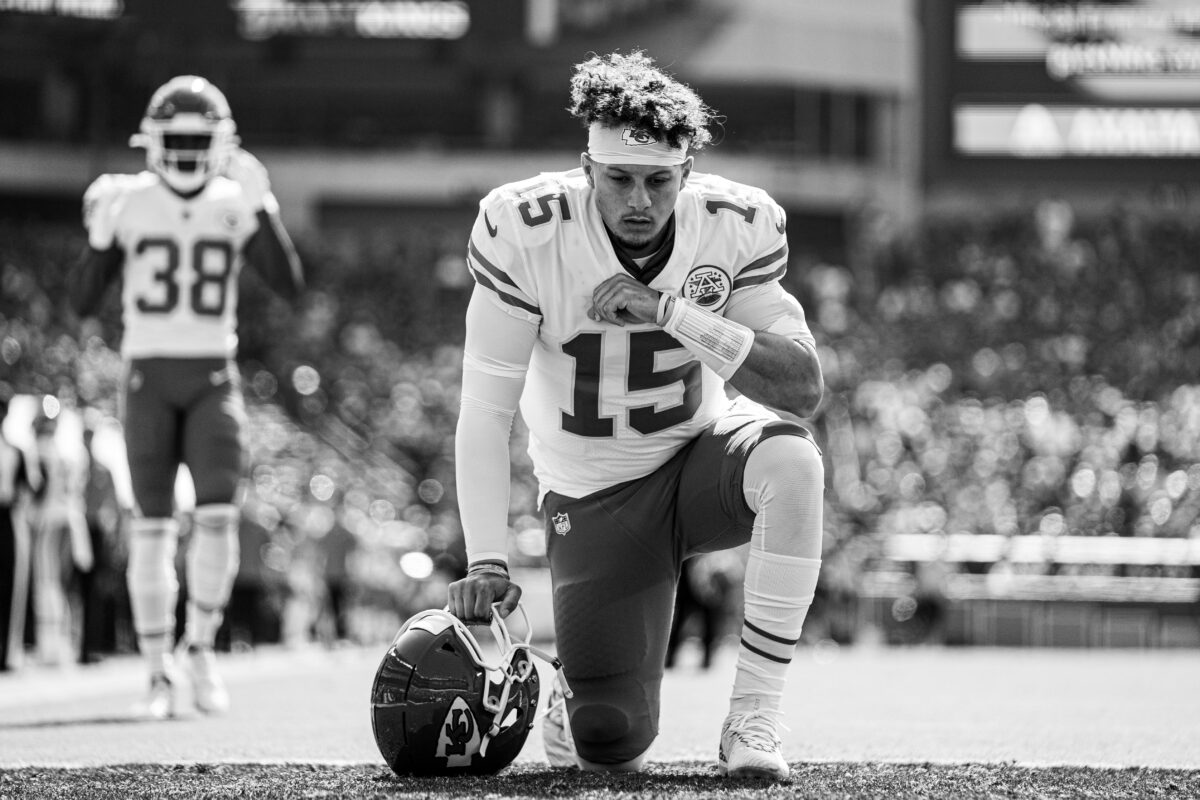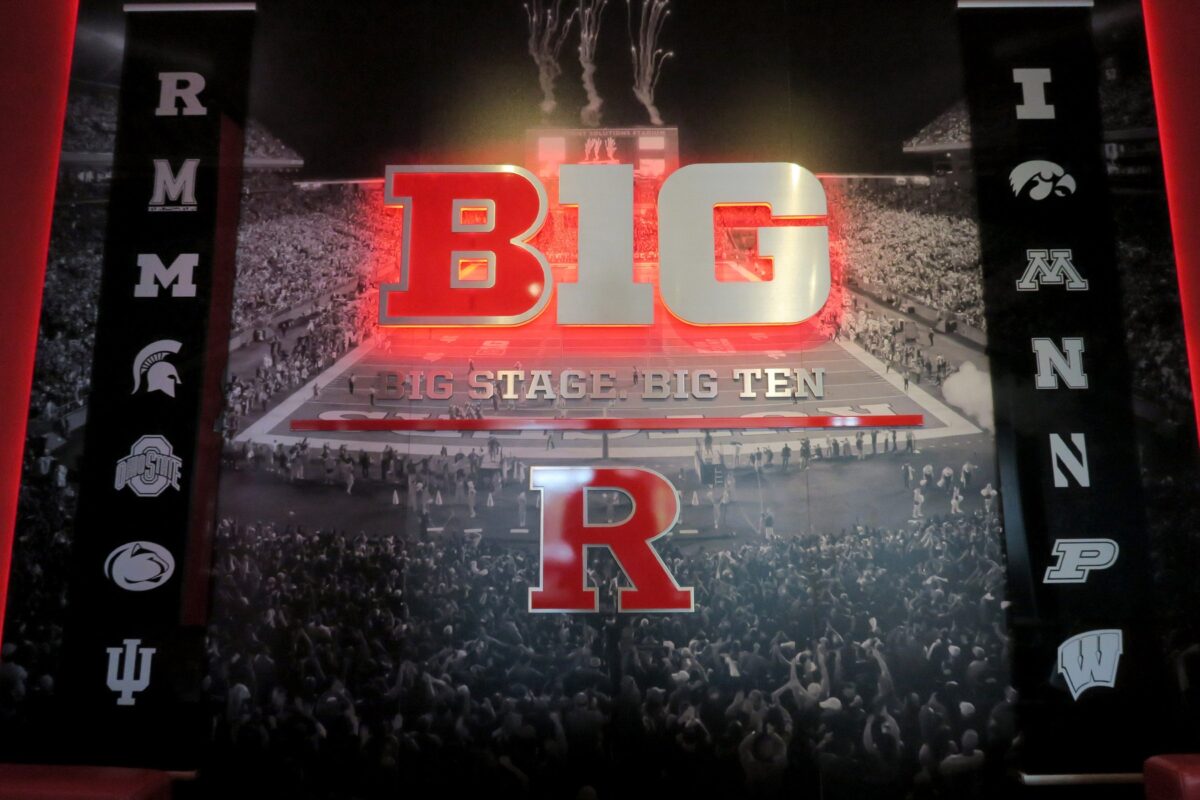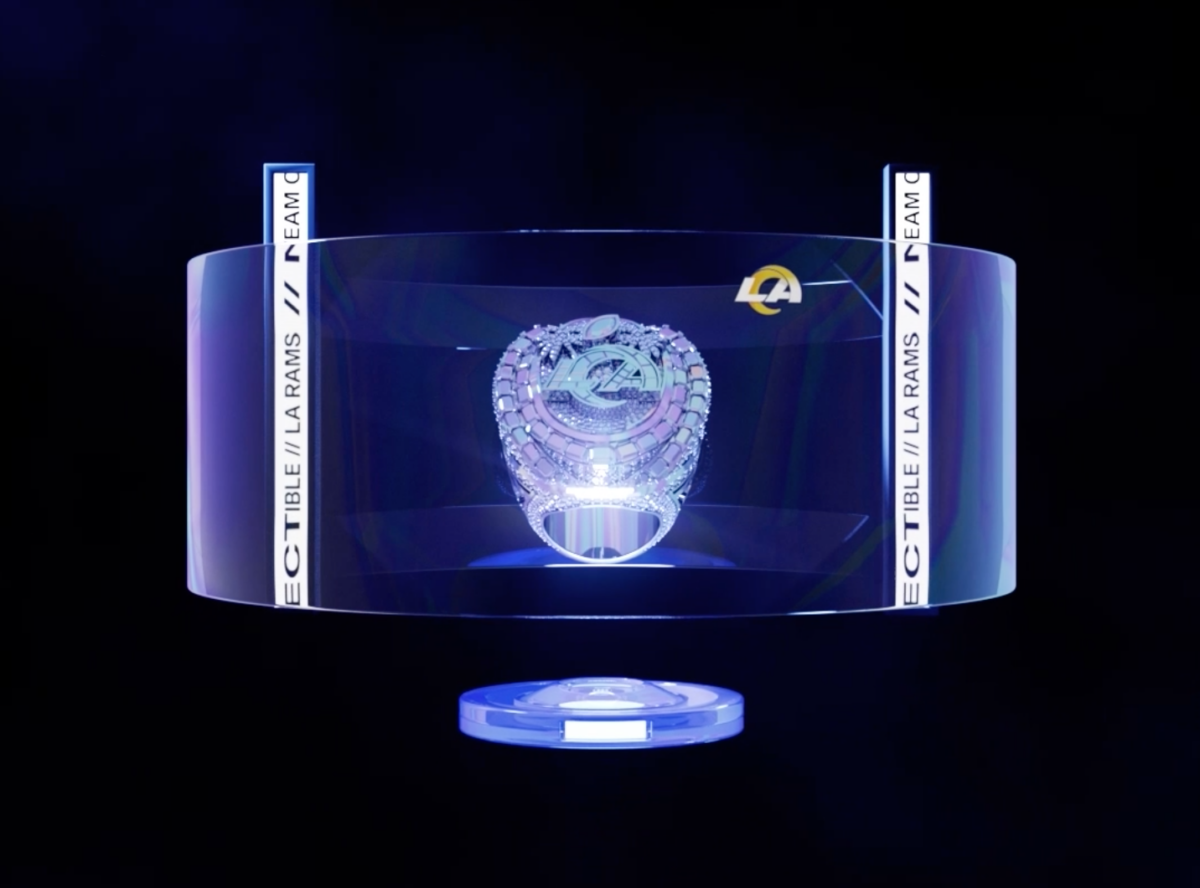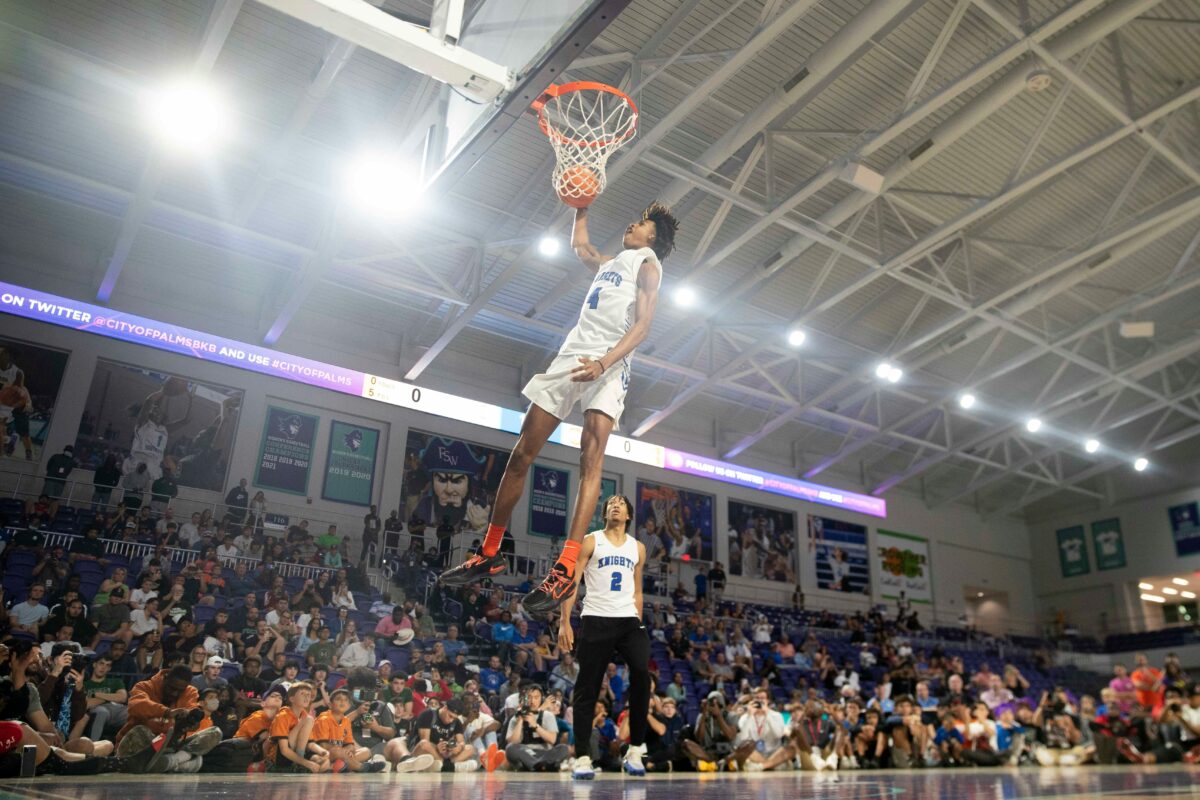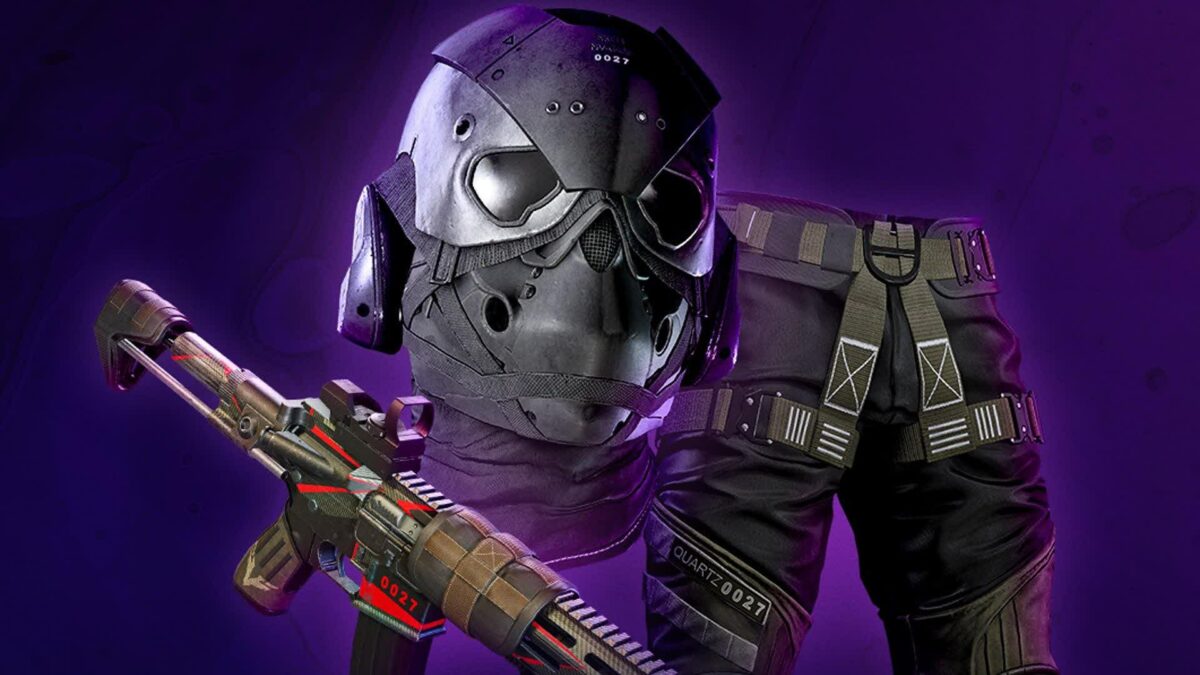In an innocent bygone age, pay-to-win was the most menacing business model looming in the games industry. Now we have play-to-earn to contend with, a new kind of game that allows players to earn cryptocurrency, buy NFTs, or both.
Gamers’ reactions to NFTs have thus far been almost universally negative. Most famously, Ubisoft had some damage limitation to do after it announced unique player item NFTs called ‘Digits’ in Ghost Recon Breakpoint and were subsequently met by a shower of negative feedback. And then more still when its developers announced that development had ended shortly after. More on that one below.
[mm-video type=video id=01g0f0qph75vr6x6ar20 playlist_id=none player_id=none image=https://images2.minutemediacdn.com/image/upload/video/thumbnail/mmplus/01g0f0qph75vr6x6ar20/01g0f0qph75vr6x6ar20-89690cf5f002231cecbd67e5539151b2.jpg]
That seemed to give the major traditional publishers pause for thought, and none of the major players have since demonstrated a commitment to blockchain in their games. But even before Breakpoint-gate, other smaller studios have been experimenting with ways to incentivize crypto and NFT investment through games. F1 Delta Time launched in 2019 and carried an official license, lending some legitimacy to the whole model, while Axie Infinity needed no such endorsement to coax in a large player base. Again, more on those two have panned out shortly.
Some analysts are tipping NFT games to be the next breakout success story for the industry. But based on what we’ve seen from them so far, we’re not sure why. At best they’re fairly prosaic titles you probably wouldn’t spend any time in were it not for the abstract financial incentive. And at worst, they demonstrate significant conceptual flaws that undermine the entire operation, and illustrate how easily value can evaporate from this new and volatile construct.
Blockchain is based around the rather philosophical idea that if enough of us assign a particular value to something – anything, in fact, even if it doesn’t exist as a physical object in the real world – that value becomes real, functional, and tradeable. The tricky bit, then, when we’re talking about the virtual world, is achieving consensus on exactly what does hold value. Particularly when there’s no physical scarcity, unlike gemstones and natural resources, and when the virtual object’s meaning depends entirely on the wider context of the game. If a tree falls in the forest with no one to hear it, does it make a sound? What if that tree triggered an epic emote on the way down – what’s that emote worth?
Below are a few case studies that tell us something about where NFT games are today, the dangers of investing in them, and perhaps their trajectory in the coming months and years.
Ghost Recon Breakpoint

The industry’s other big players must have watched on with considerable interest when Ubisoft announced that its 2019 open-world tactical shooter Ghost Recon Breakpoint would be getting new content in the form of unique cosmetic items, weapons and armor which players could buy using Ubisoft Quartz, and trade with each other. Ubisoft Quartz is a platform whereby players pay in real-world currency in exchange for the NFTs. Players can then resell those NFTs via two different market platforms, Objkt and Rarible.
The reaction from players wasn’t welcoming. The trailer that detailed this new content earned itself a princely 96% dislike ratio on YouTube, prompting Ubisoft to unlist it. Moreover, the market never really took off. Of the 1000+ NFTs Ubisoft minted for the game, Ars Technica reports that around 100 were re-sold.
In March, Ubisoft announced that all development on the game had ceased, including NFTs. In doing so, the company illustrated the great pitfall of this model – there’s only value in these abstract digital objects for as long as either the publisher, or the player base, decides. With the game now nearing the end of its lifespan, NFT holders will naturally want to cash out – but who to?
F1 Delta Time

Animoca’s browser-based racing game carried the F1 license, the real teams, and likenesses of its drivers. That’s a great bit of PR for the wider world of NFT games. Or at least, it was. That license has now expired, and the developer has closed down the game as of 16. March 2022.
When it went live in 2019, it encouraged players to buy into its NFTs using Ethereum. These included cars and drivers that could be used in-game. One such car even sold for $100,000 worth of Ethereum. That car, along with every other NFT from F1 Delta Time, no longer exists.
To compensate players, Animoca is converting NFTs from its now-defunct F1 title to the company’s other active racing games. It’s better than nothing – probably – but this move also runs contrary to the fundamental concept of an NFT as a unique item. By reimbursing players with entirely different NFTs from an entirely different title, the studio’s inadvertently reminding us that the notion of an NFT as a real, scarce item with a specific value is false. How could you replace or swap such a thing?
Perhaps more offputtingly for investors, the abrupt cessation of the game is a stark reminder that blockchain entities are not future-proof. They’re valuable for as long as their wider context exists. Nobody wants a car from F1 Delta Time for any price now, even if it did achieve a value of $100,000 only months ago.
Axie Infinity

Axie Infinity works like a crossbreed of Slime Rancher, Tamagotchi and old-school JRPGs. You breed Axies, spawning and rearing babies with unique traits, complete daily tasks, and enter combat with them, all the while rearing a valuable NFT. The cute little Axie holds monetary value, based on its rarity, and they can be cashed back out.
With an understandable and rewarding gameplay model and a free-to-play entry barrier, it’s proved the most popular of this first generation of NFT games. But that’s highlighted still another pitfall of the model: security.
On 23. March, reports the Financial Times, hackers made away with over $600m of crypto from developer Sky Mavis’ blockchain system, called the Ronin Network. That such value was even in there is impressive, but the theft is just as much of a concern to investors as F1 Delta Time’s closure and the subsequent obsolescence of its NFTs. The end result is the same, after all: one day you have a portfolio of unique digital items which you understand to hold a specific vale, the next day they’re simply gone.
The developer is, it appears, doing its best to compensate players for their losses by its founders selling their personal shareholdings and reimbursing players for their stolen crypto with the proceeds. Those players will surely appreciate that, but it doesn’t negate the fact that such a security breach happened. If you gain a big player base in an NFT game, you’re a target for hackers.
Alien Worlds

Its reported player numbers are bigger even than Axie Infinity, and to date, it has neither collapsed nor been ransacked by hackers. That makes Alien Worlds something of a singularity in the market.
Nobody likes a lazy journalistic comparison, but just as a broken watch tells the correct time twice a day, sometimes it really is enough to say: imagine EVE Online except the resources you harvest are NFTs. Set in the distant future where space travel is a cinch, you’re one of many interstellar explorers scouring planetary system for rare resources which have a real-world value. This is expressed as Trillium, or TLM, the game’s own cryptocurrency.
What really draws players in is land ownership. If someone mines on land that’s rightfully yours, you get the profits of the resources they acquire. Some users put the call out on Discord and actively encourage other players to journey to their land and mine for them.
Would this many people (around 150,000 active users every hour according to the game’s developer) be turning up to play an EVE-like with significantly lower production values without the financial incentive? Probably not. But they are, and as yet the economy hasn’t collapsed. Indeed, at the time of writing this article, some $13m of Trillium had been traded in the last 24 ours at around $.011.
This alone will be enough to coax traditional games industry behemoths into further NFT experiments, and indeed despite what’s by all accounts been a disastrous experiment for Ubisoft with Ghost Recon Breakpoint, the publisher intends to implement NFTs in future titles.
The idea of abstract value being attributed to in-game items based on scarcity and demand isn’t new. CS:GO skins fired many a controversial sell-through site since skins existed in the game at all, and the popularity of Valve’s competitive shooter was the major driver of its incredible prices – as much as $150,000.
One suspects that the game must come first. Only then, once the player base cares about playing on its own terms, and gains confidence that the title will remain relevant by virtue of its enjoyment, can items within it hold real value that isn’t liable to evaporate at a moment’s notice.
Written by Phil Iwaniuk on behalf of GLHF.
[listicle id=1400539]
